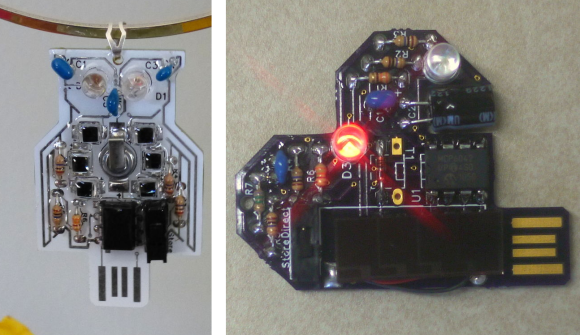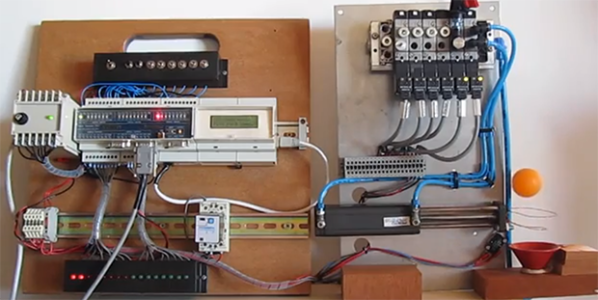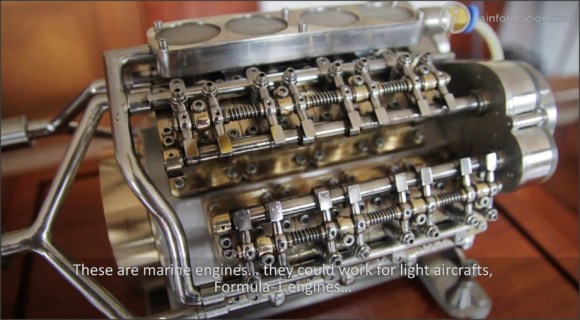![]()
This week we saw an interesting animated motorcycle tail light over on Reddit. But there wasn’t really enough background to get its own feature.
The NeuroKnitting project captures brainwaves by weaving them into a scarf.
On Semiconductor is showing off an 8x8x8 LED cube which they claim as 12,000 LEDs. We can’t figure out where all those LEDs are used in the design, but maybe you can. Here’s one that we know has 4096 LEDs in its matrix.
[Jeff] used hard drive platters as the disc section of his original Enterprise desk model.
Play around with an SNES controller and Arduino by following [Damon’s] guide.
Hackaday Alum [Jeremy Cook] posted an update of his laser graffiti project. His earlier effort used camera tricks to capture the image but this time around he’s exciting phosphorescent glow material to make a persistent display visible to the human eye.
This server hides in plain sight after being wrapped in a hard cover book binding. Hopefully this won’t cause heat dissipation problems.
[Trumpkin] built his own Nixie tube wristwatch which we think has the potential to be as neat as the one [Woz] wears.

















